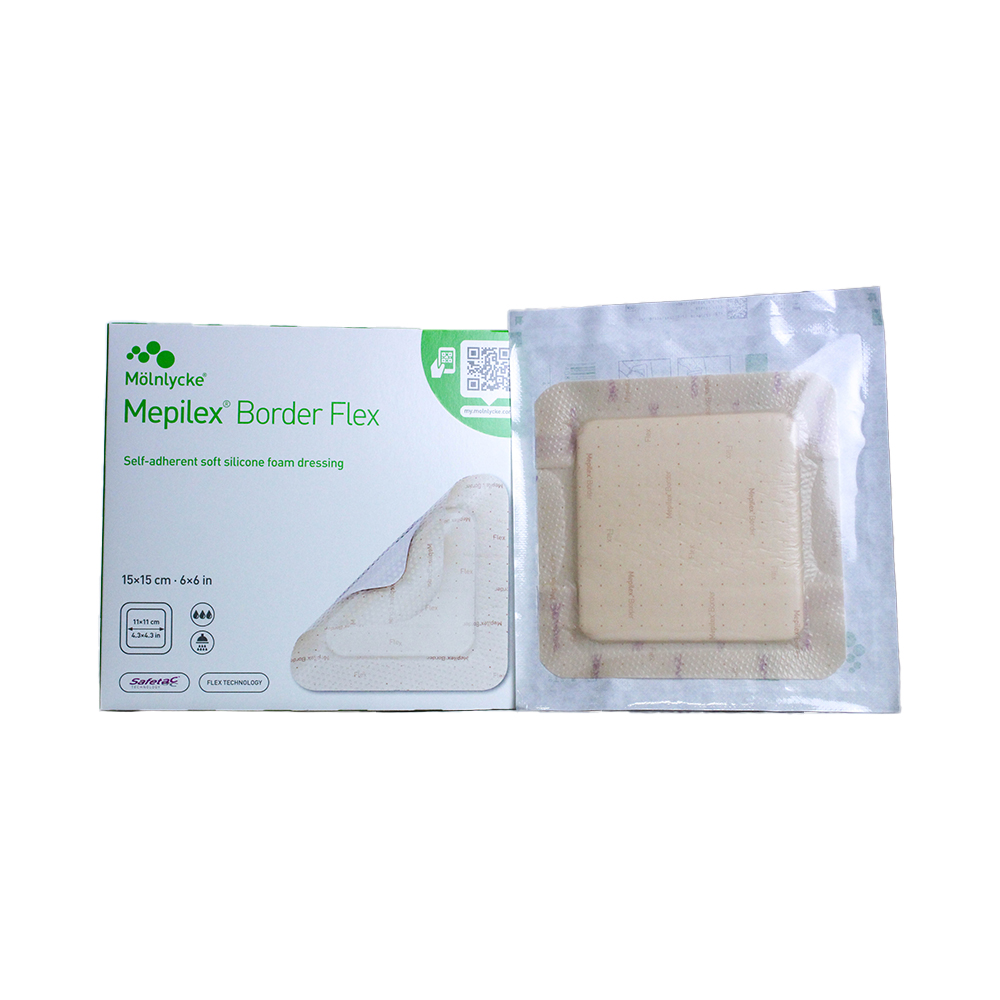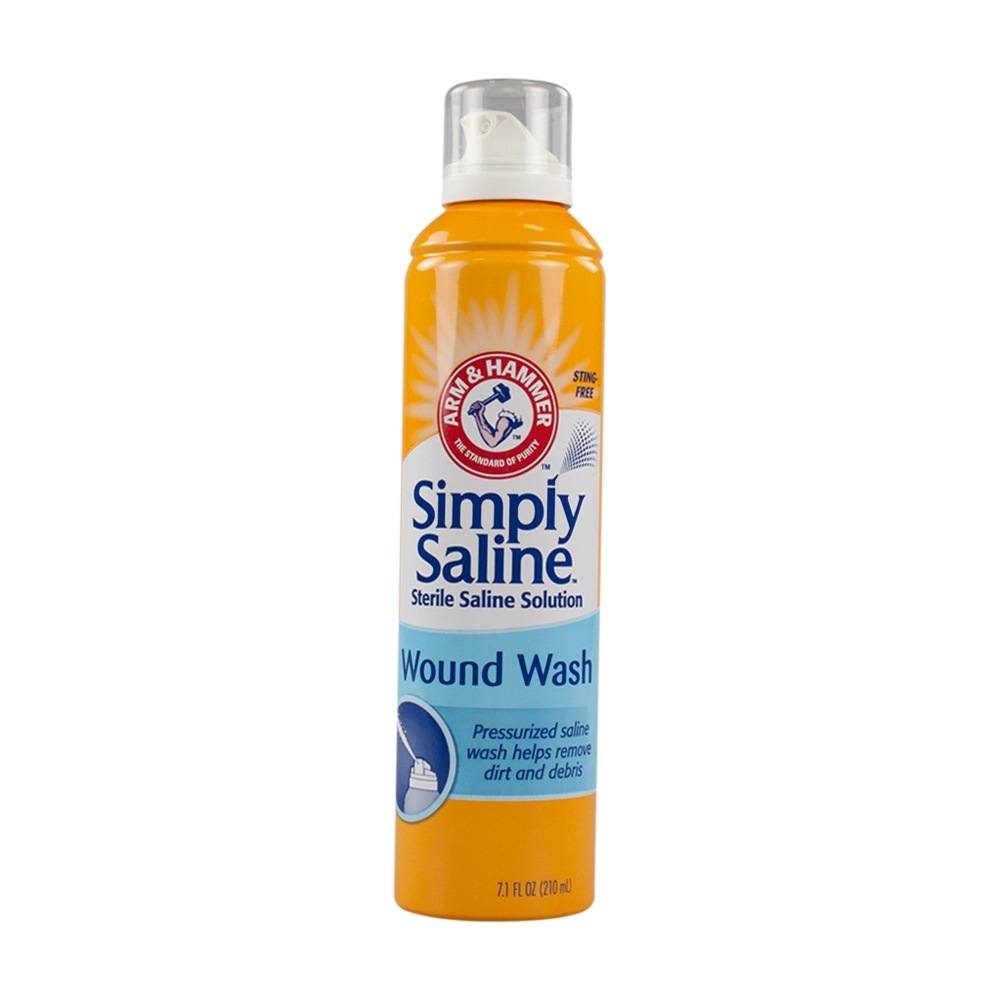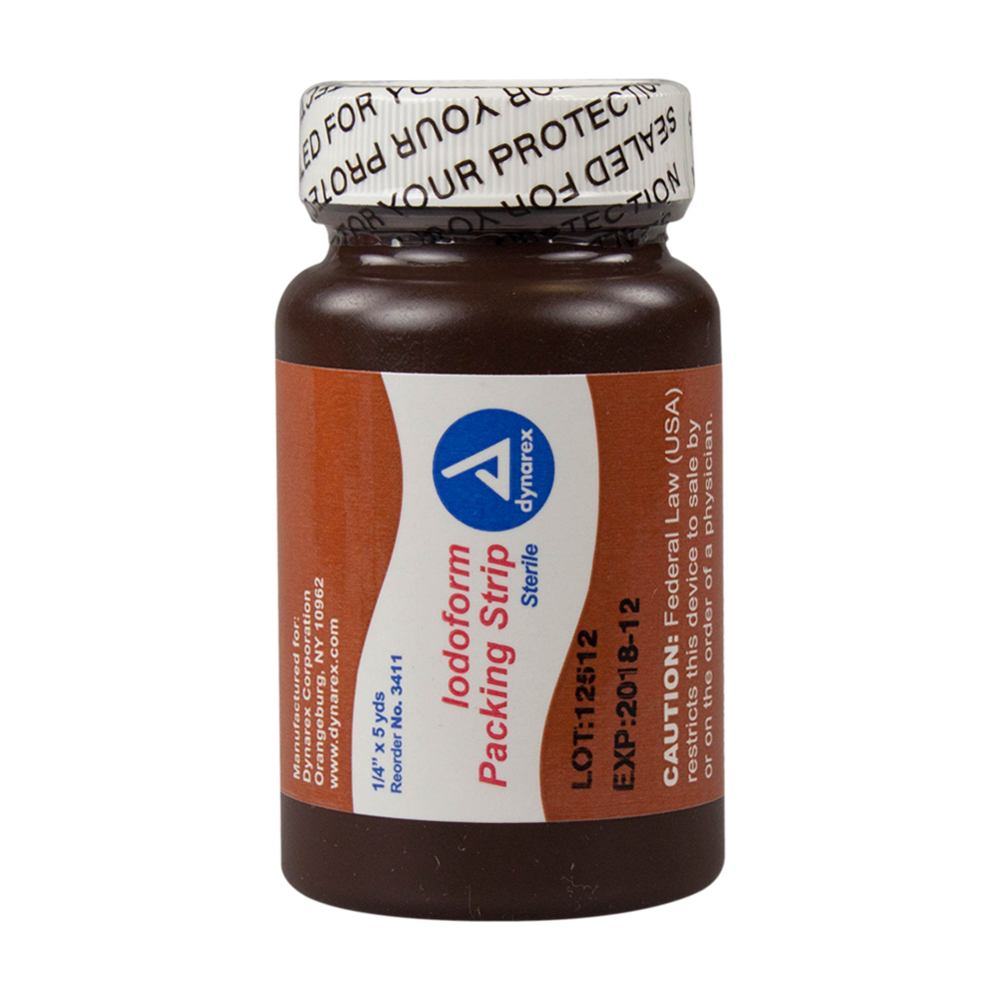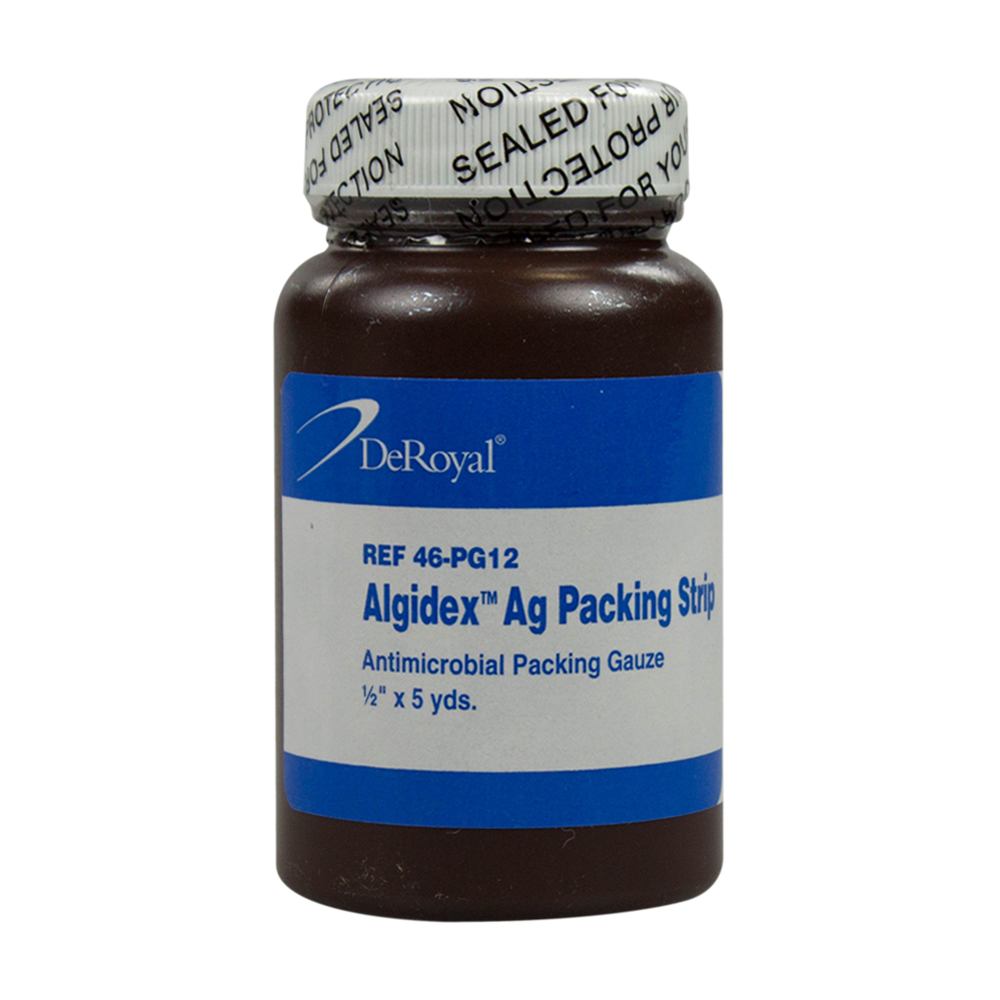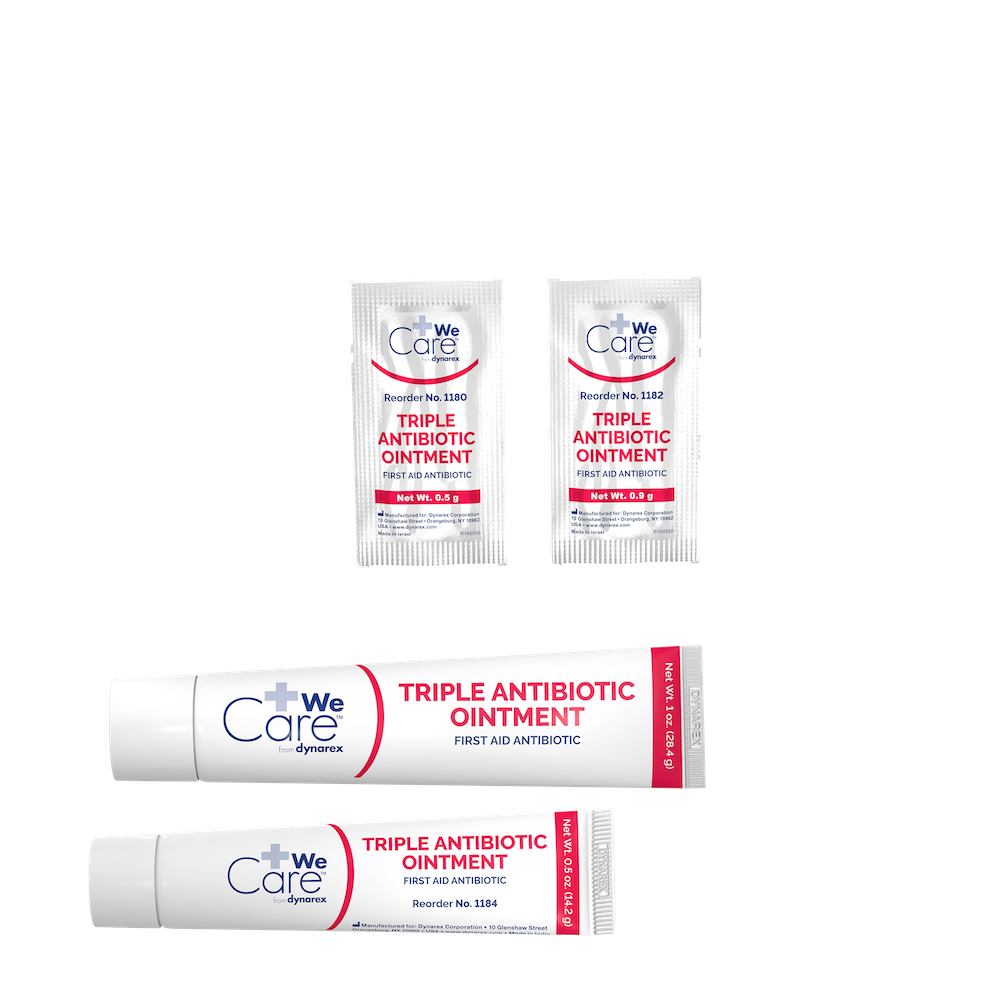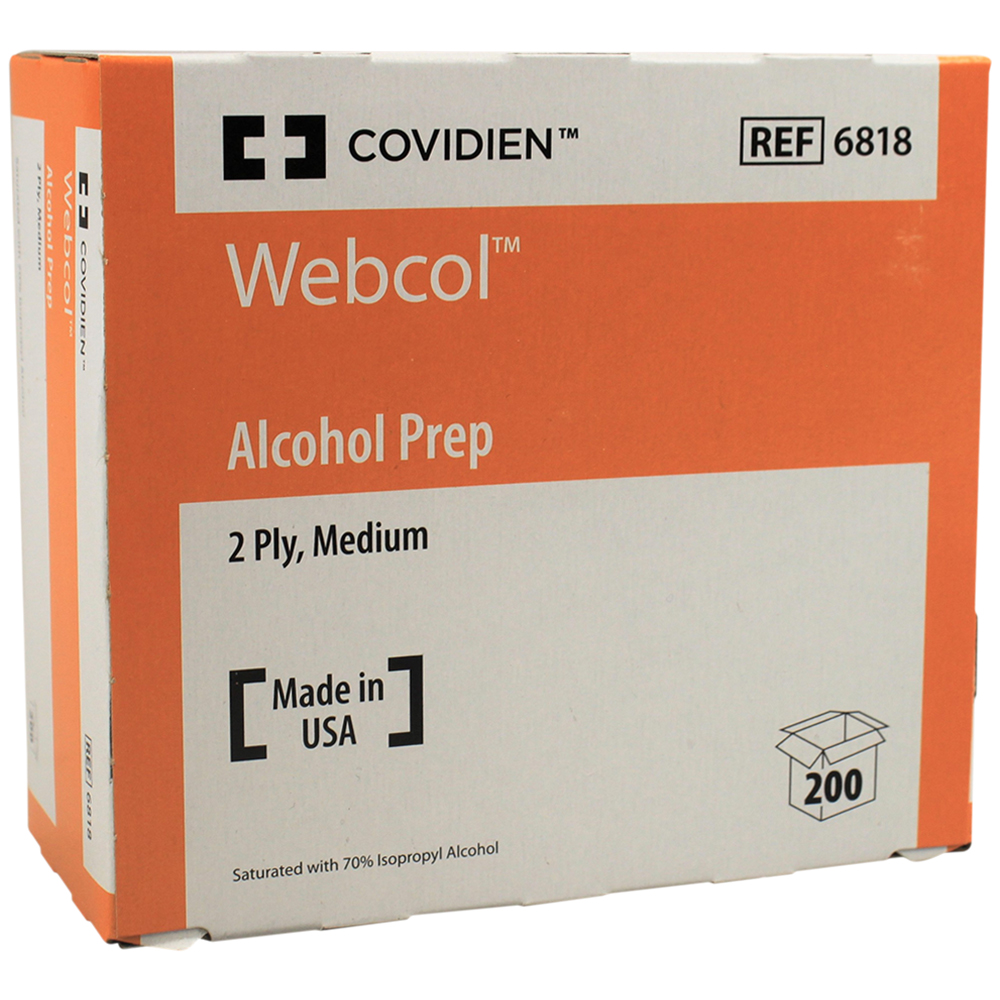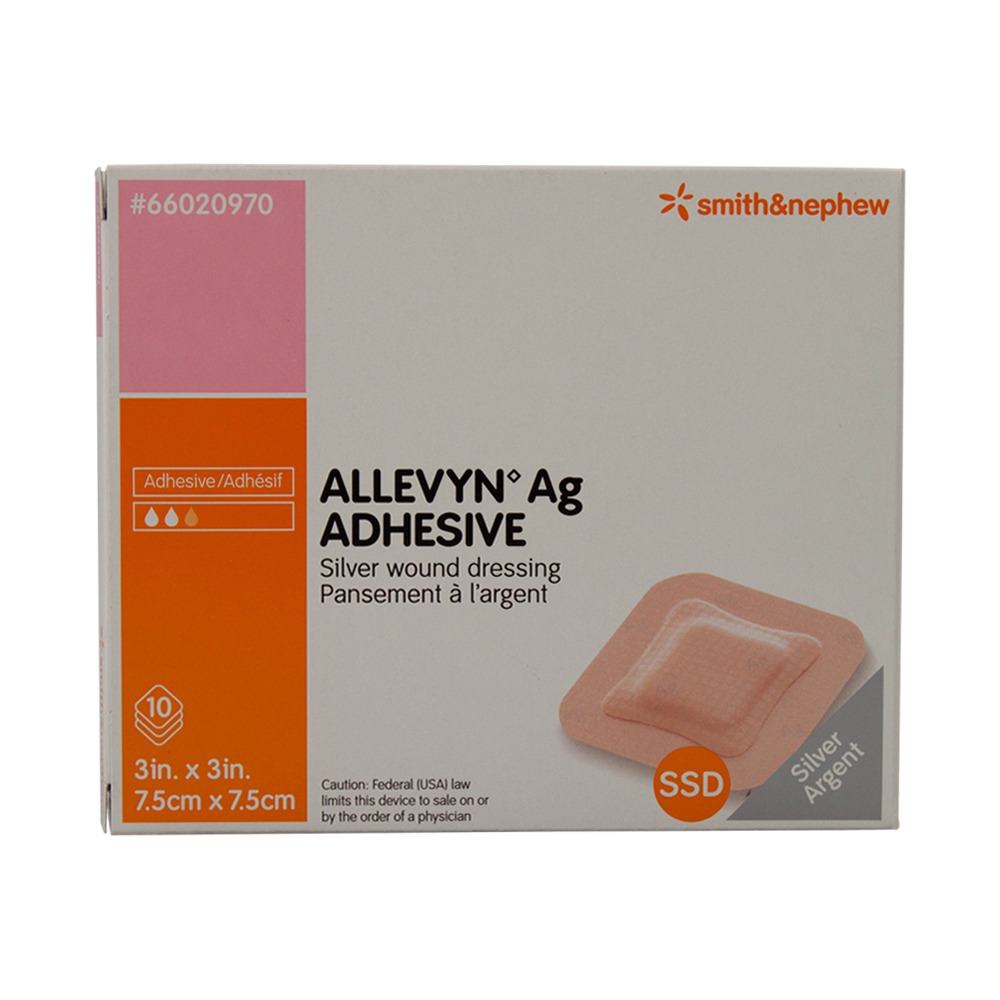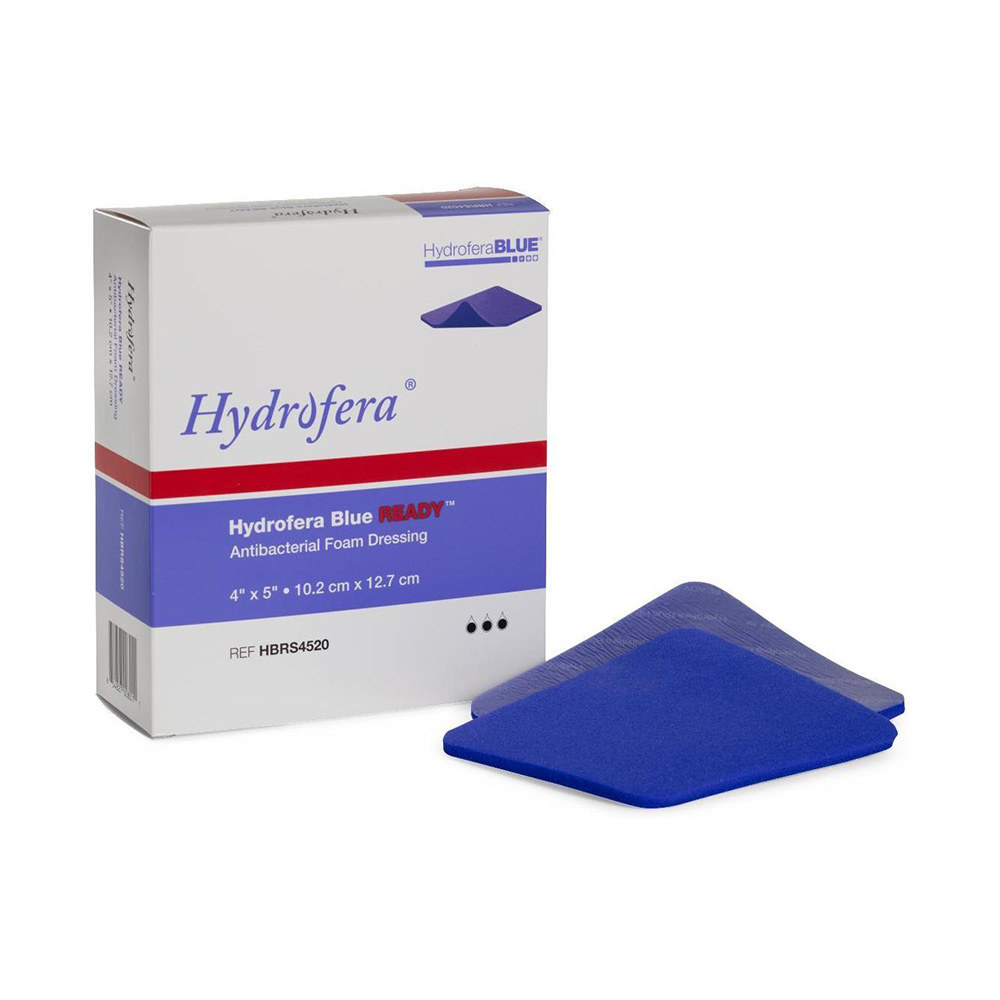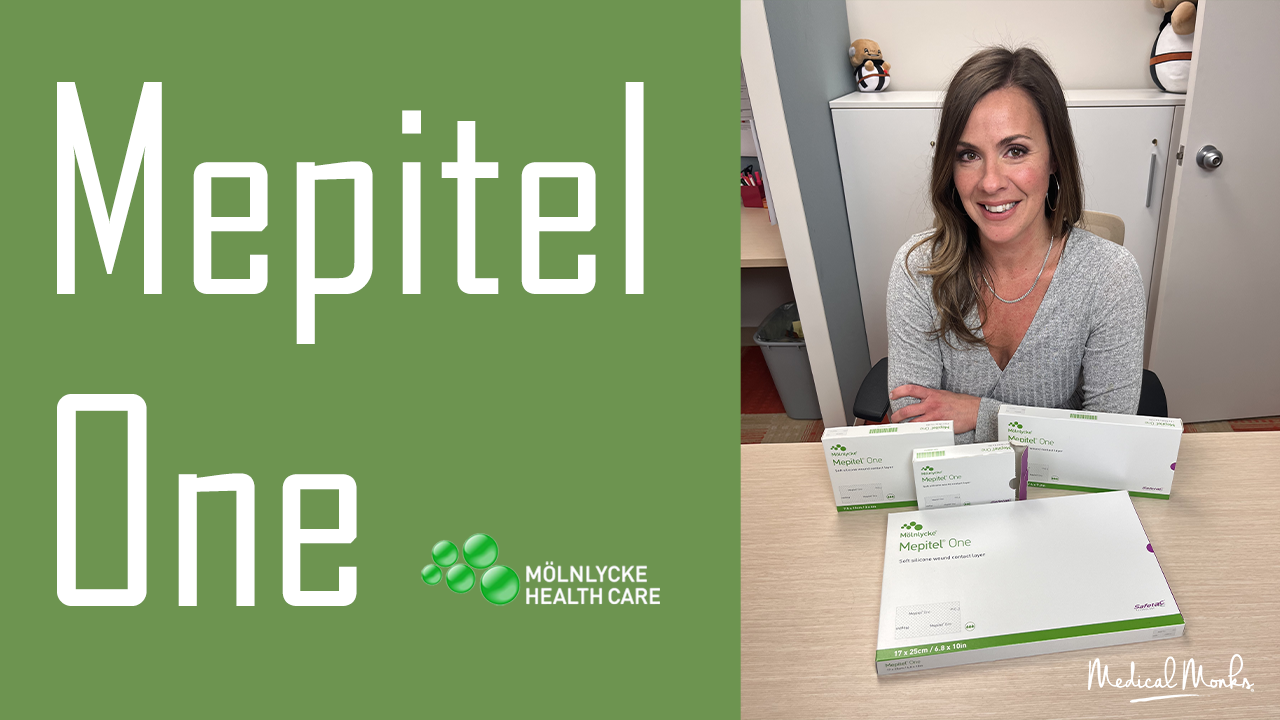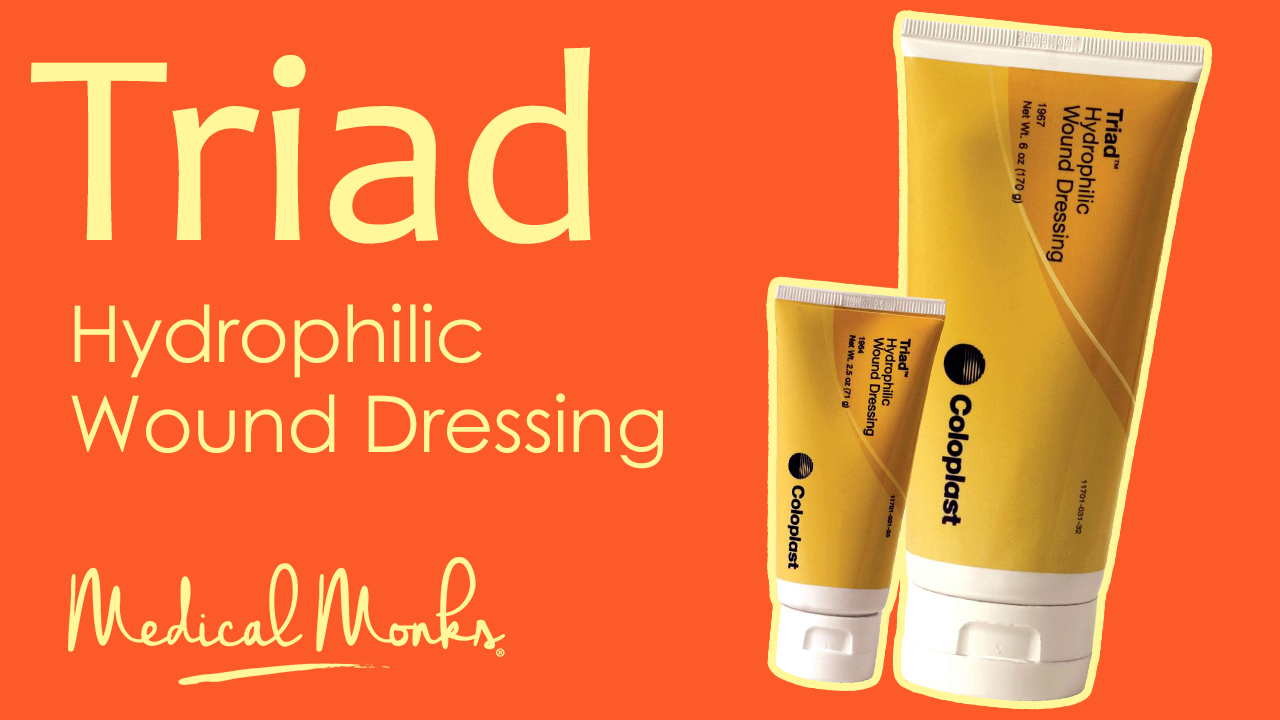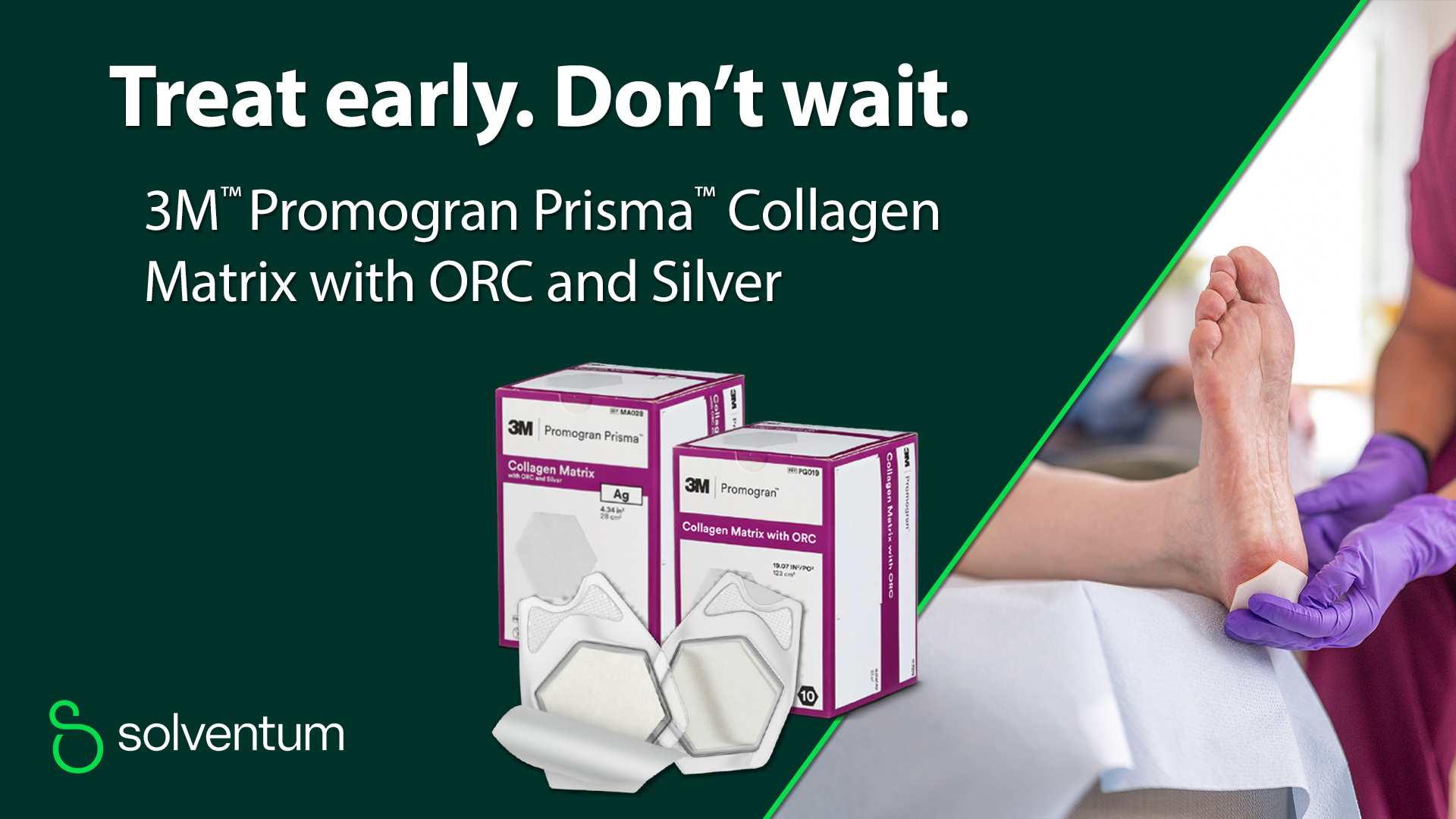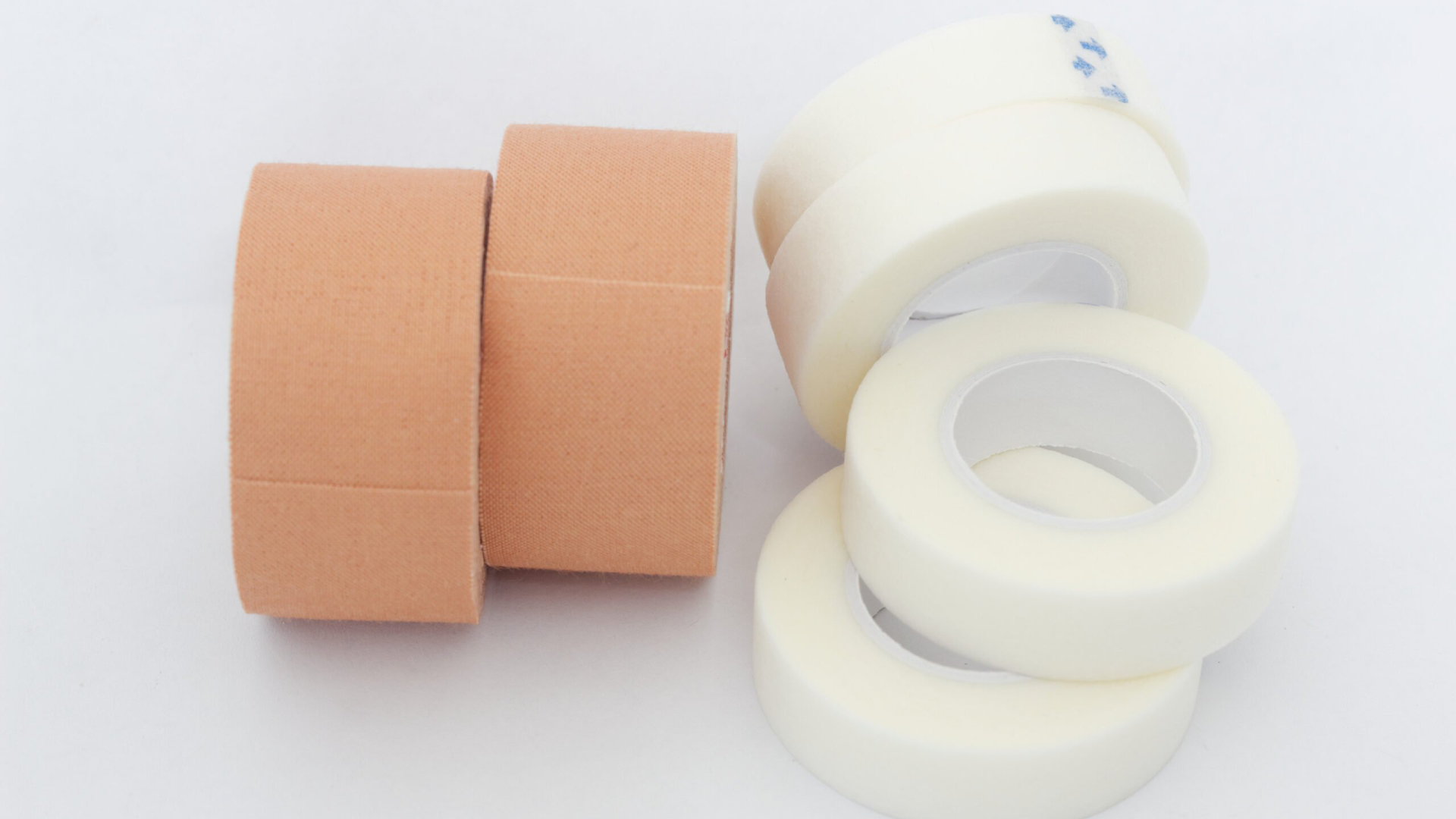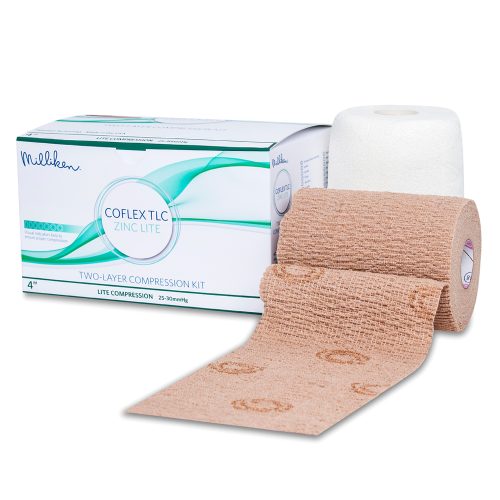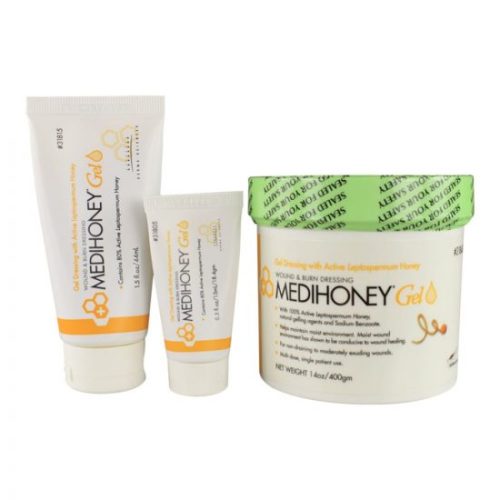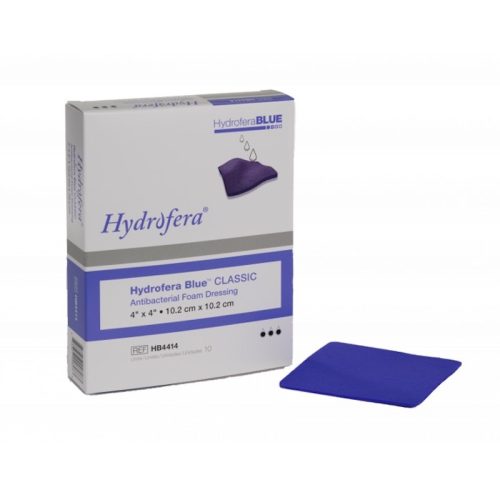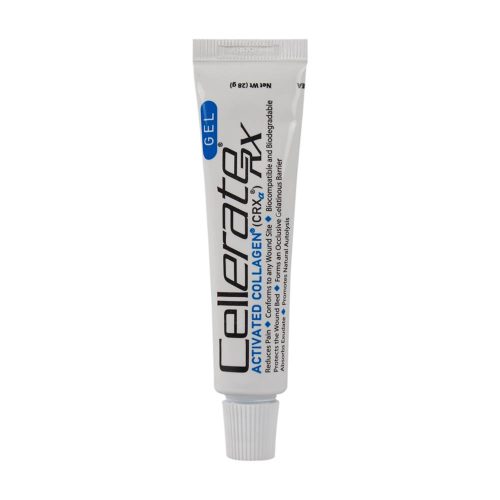Whether your wound resulted from a medical procedure or an unexpected accident, ensuring it heals properly while remaining infection-free should be a top priority. Unfortunately, it can be difficult to tell if you have an infected wound — particularly for those without healthcare experience.
However, there are signs of infection that anyone can recognize. Understanding these signs will give you peace of mind as you ensure proper steps are taken for faster healing. Hopefully this article will answer some questions you may have, and help set you on a comfortable and successful journey of recovery.
BUT – please keep in mind that infections can spread quickly, growing increasingly dangerous. So if there’s any doubt, it’s essential to consult with a doctor or nurse before blindly following online advice. See a medical professional if you suspect something is wrong and are unsure of what to do.
Signs of an Infected Wound
Infection happens when germs and bacteria find their way into a wound. Infection may be present if the wound site seems to feel and look worse day upon day. Pain, redness, and swelling may increase and become more prominent. These are surefire signs of infection.
Signs may vary to an extent, but – bottom line – infection delays healing. Remember that even superficial wounds can become chronic if they don’t go through the natural wound-healing phases.
Here are some telltale signs of an infected wound:
- Warmth on the wound site: At the beginning of the healing process, all wounds will feel warm. That’s due to white blood cells fighting off germs or bacteria. If the area feels warm after five days, it means your body is still fighting to keep the infection at bay.
- Redness: You’ll notice redness, swelling, and soreness on the affected area immediately after injury because blood, nutrients, and oxygen are being sent to the site to support its healing. However, if it’s still red and swollen after a few days, it’s a sign that infection is setting in.
- Pain: Pain is natural and will slowly decrease in a wound that is healing correctly. But if there’s long-lasting pain that keeps getting worse, that’s a sign of infection.
- Discharge: If discharge, such as pus or blood, persists and has a bad smell and/or discoloration, you should have it checked out. This is a possible sign of severe infection.
- Fever: Fevers occur when an infection enters your bloodstream. Infections in the bloodstream are extremely dangerous. If you have both a fever and an infection, seek urgent medical care.
Signs of a Healing Wound
The signs below indicate that your wound is healing correctly:
- Scabs: As your wound heals, you should experience bleeding, clotting, and scabbing – in that order. If your wound starts to scab, it’s healing perfectly.
- Tissue growth: New tissue will form around the wound in the first few weeks, indicating it’s healing correctly.
- Swelling: If your injury is swelling, it means your body’s immune system is working hard in a good way. Blood, oxygen, nutrients, and minerals are sent to the wound for repairs. Swelling typically lasts up to five days.
- Scarring: When the initial scab fades, often a scar will remain. It’s the last stage of healing, and it may stay with you forever if the wound is major. More often, though, they fade with time.
Related Products
How to Treat an Infected Wound
First and foremost, the wound must be cleaned and kept clean. Aside from normal soap and water, saline or dedicated wound wash products may be necessary to clean deep or exuding wounds.
Once the wound bed is thoroughly cleaned, dressings are the next step. You’ll need something that will fully cover and protect the wound. Depending on severity, often traditional dressings such as gauze, paired with an antibiotic ointment, will do the job just fine.
However, if your wound has substantial depth and/or is displaying several signs of infection, you’ll likely need an advanced dressing of some type. Dressings like the Allevyn Ag Adhesive Silver Wound Dressing are widely used because the properties of silver can effectively reduce infection and promote healing. Similarly, Hydrofera Blue foam dressings have similar properties at a lower price point.
For wounds with more extreme depth, packing strips can be used to fill deep tunneling wounds. Some examples of packing strips are Dynarex Iodoform Packing Strips and Algidex AG Packing Gauze.
Antibiotics may also be prescribed if bacteria caused the infection. Be sure to complete the course of antibiotics to prevent the bacteria from becoming resistant to the drug.
How to Prevent Wound Infections
Infection can become a source of even more prominent problems if left untreated. By being aware of the signs and symptoms of an infection, you can act on it right away. Furthermore, having the right supplies to aid you while dealing with an infected wound can make life easier. Even better, these wound care guidelines will make it easier for you to avoid infection in the future.
Guidelines to follow:
- Clean the wound: A thorough cleansing is necessary to ensure no dirt, debris, or bacteria on the wound to reduce the potential for infection.
- Protect the wound: Applying a bandage is one way to protect the wound while keeping it dry. Covering it will also prevent infection transmission to others.
- Monitor your wound: It’s best to keep an eye on your wound and monitor it. Determine how many days it has been swelling, if you feel unwell, or if there is pus on the wound site.
Observe Wound Care Best Practices
At Medical Monks, you’ll find products that will encourage healing at industry-low prices. If you’re looking for supplies that’ll provide a safe and effective wound treatment, check out our great selection of wound care supplies. No doubt you’ll find what you need here.

The MEDICAL MONKS STAFF brings to the table decades of combined knowledge and experience in the medical products industry.
Edited for content by ADAM PAGE. Edited for medical accuracy by KRISTIN ARANGO, BSN, RN.

